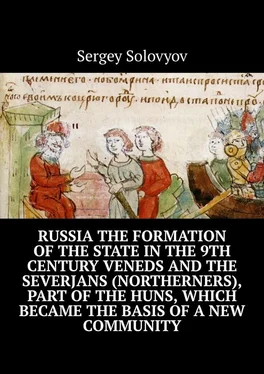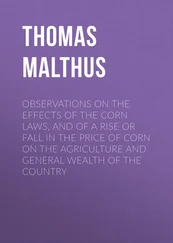Lobulate temple rings, scapholes, and blackened ceramics, and volute (double helix) in jewelry and art
Also interesting are peculiar rings, called temporal lobular rings – the number of lobes is from two to six. The temple rings were made from the materials of the finds, from gold and silver. It is interesting to show the two-lobed ring from the Schliemann’s Treasure Catalog, inventory number Aar132, Bz50, P92 F6014 and Aar 133 Bz49, P91 A 6015. The two-lobed ring of gold from the State Historical Museum Collection (Historical Museum) photo dsc00946. These findings only confirm Taylor’s theory of the advancement of shepherd tribes to Asia Minor and Greece. The find is dated to the beginning of the second millennium BC. e.
Now let’s turn to the finds of the Abashevskaya and Andronovskaya cultures, which have developed in the forest-steppe zone of Eastern Europe, whose monuments are found from the left bank of the Dnieper in the west to the Tobol River. Dated to the beginning of the middle of 2 thousand. As a distinctive feature, one can see the use of the “meander” pattern in the decoration of vessels, as well as bipartite temporal golden rings. In the Urals, in peat bogs, wooden buckets with the figure of a swan were found
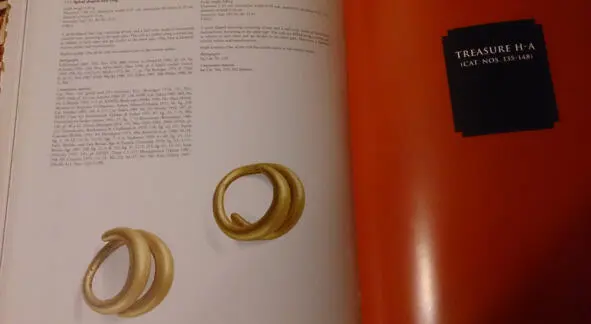
Lobular rings, Schliemann’s treasure, Pushkin Museum of Fine Arts
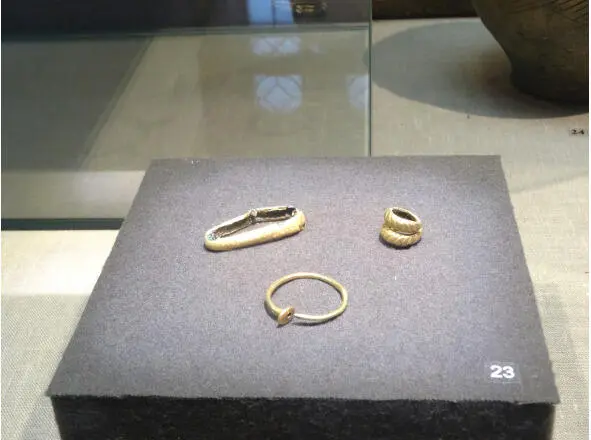
Lobular rings GIM
The oldest boat-shaped bucket found was found in the famous Gorbunovsky peat bog, not far from Omsk, the bucket is made of wood. Belongs to the Abashev culture, dated to the middle of the 20th millennium BC. So the use of ladles in everyday life was a characteristic feature of the Indo-European culture of the Bronze Age from Denmark and Russia, Greece, in Russia until the 20th century.
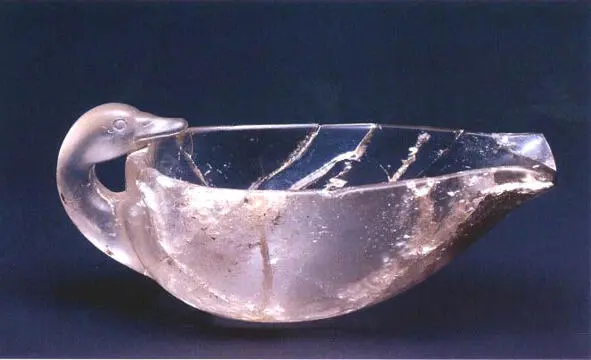
Crystal ladle, Mycenae
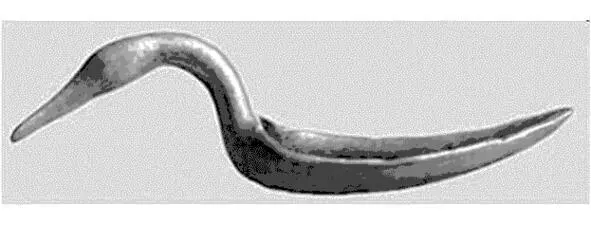
Ladle from the Omsk region, wood
A very interesting find in Greece, a crystal ladle with a handle in the form of a duck’s head was found in Mycenae, dated to the 15th century. BC. The work, of course, is extremely difficult, how could a master make such a fragile thing, because it was not cast and was not blown out of glass? But the shape of this magnificent object copies wood products found in the distant Urals. Wooden buckets are later found in the burials of the Scythians already in the Iron Age, as evidenced by numerous finds. The culture of using ladles in everyday life was preserved in Russia until the 20th century; now these wooden objects are used as decorative dishes. That is, this ritual tableware can also be used as a kind of indicator of Indo-European culture.
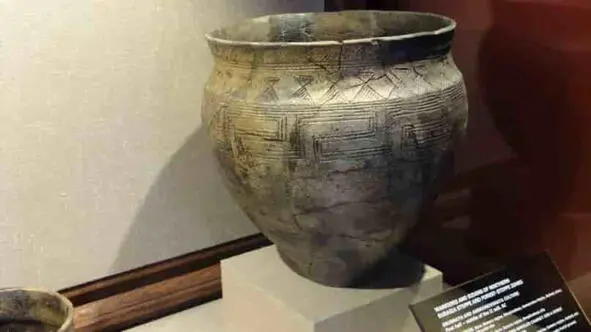
Abashevskaya culture, blackened vessel with a meander of the State Historical Museum, Moscow.
Blackened and milky pottery appears among the artifacts of the Yamnaya and Catacomb culture in the middle of the 3rd thousand BC. The method of making black-glazed ceramics was discovered in the boundless past. Who and when is now impossible to establish. It is known that the Etruscans (VIII – II centuries BC) already had a technology for making black-polished ceramics. In Russia, black-polished household utensils were widespread; the peak of its popularity fell on the period from the 3rd to the 19th centuries. The method is quite simple – the ceramics are smoothed, then the products are fired in a smoking flame without oxygen (staining). Milk is a very appetizing formulation and one of the most popular fire decorating methods. The bottom line is as follows – a sintered shard (which has passed through the roasting) is placed in milk and then baked again at a lower temperature (about 300°C). And this dish has been seen among the finds since the 3rd thousand BC. and to the present time in the basin of the Volga and Don rivers, and the steppes of the Black Sea region, and the Trans-Urals. Similar pottery was discovered by Schliemann and Taylor during archaeological excavations in Troy and Hellas, and similar utensils have been found in Crete and date back to the beginning of the third millennium BC. Bracelets, pins, wands with the image of a volute (double spiral) can also be called iconic. These finds are massive, and open bracelets with volute are one of the signs of these cultures.
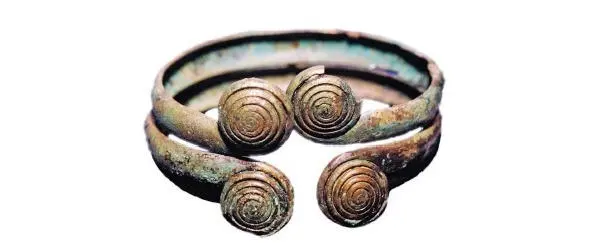
Bronze bracelet from Sintashta

monuments of Koban culture, State Historical Museum
The gigantic rise of the Huns
Huns-Hans, but just real, ethnic Huns. and not members of the union of tribes who adopted the Hunnic culture, was distinguished by extremely high growth. According to the findings of the Tarim mummies belonging to the Andronovo culture, they grew up to 200 cm. The mummies were discovered in 1939. Bergman, and the most impressive finds in China were in the 1980s, where well-preserved remains were found, exhibited in the Urumqi Museum.
All the legends about the giants of Greece speak of the extremely high growth of these heroes, in Germany the Huns (Huns) are called giants, and the Burgundians, part of the Huns, also had gigantic stature according to the letters of the Romans. Savirs-Seversk-northerners of Novgorod-Seversk Land reached a height of 180 cm.
The closest to the Andronovites were the representatives of the European Corded Ware culture and the Sintashta culture, as well as modern Indian populations, according to the study by Keyser C. et al. “Ancient DNA provides new insights into the history of south Siberian Kurgan people.”
The magical power of number seven
The number seven appears to be significant for these northern tribes. There are numerous depictions of seven-pointed stars. Seven tribes of the union of Slavic tribes are known, the Union of seven Slavic tribes (Greek έptά γενεάς – “Seven clans” or “Seven tribes”) is an intertribal union of Slavs in the 7th century on the Balkan Peninsula, which, along with the Bulgars and other Slavs, became the basis of the future states of the First Bulgarian Kingdom and the Bulgarian people. The seven Hungarian tribes are Nyek (Hungarian Nyék), Meguer, Kurt-guarmat, Tarjan, Eno (Yeno) – one of the seven Hungarian tribes, Ker, Kesi. It would seem that there are different tribes, Hephtalites, Hungarians, Slavs. and everywhere the sacred union of the seven tribes. By the way, there is a Septimania region in France, and there were seven kingdoms in Britain – Mercia, Northumbria, East Anglia, Essex, Sussex, Sussex, and Kent. Seven wonders of the World that Hellas spoke about,
“I have seen your walls, Babylon, on which
And chariots; I saw Zeus in Olympia,
The Miracle of the Hanging Gardens of Babylon, the Colossus of Helios
Читать дальше
